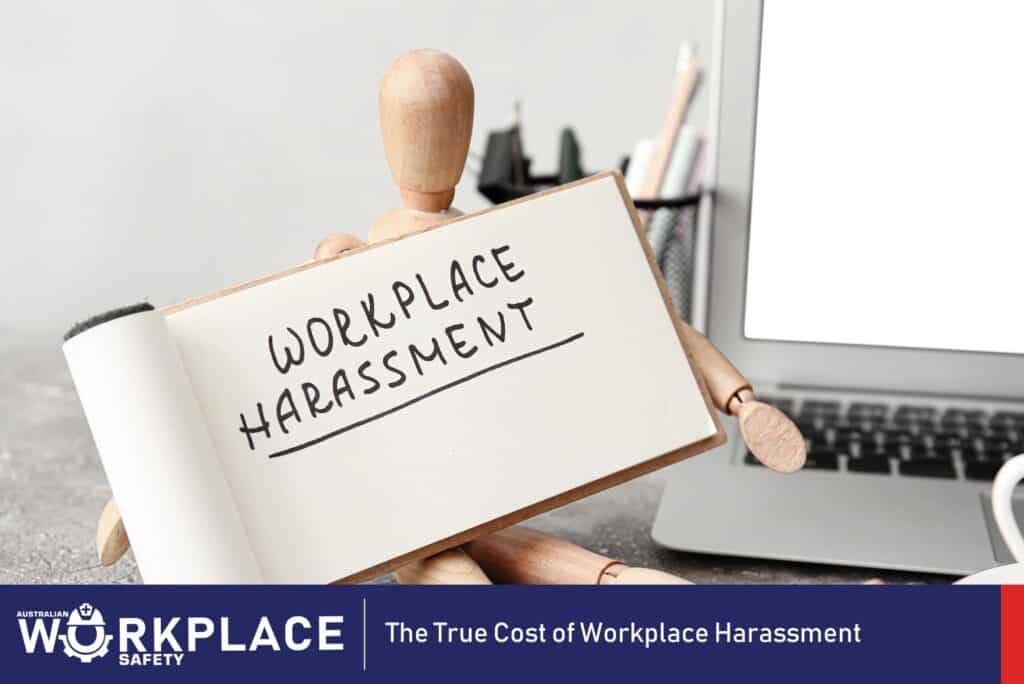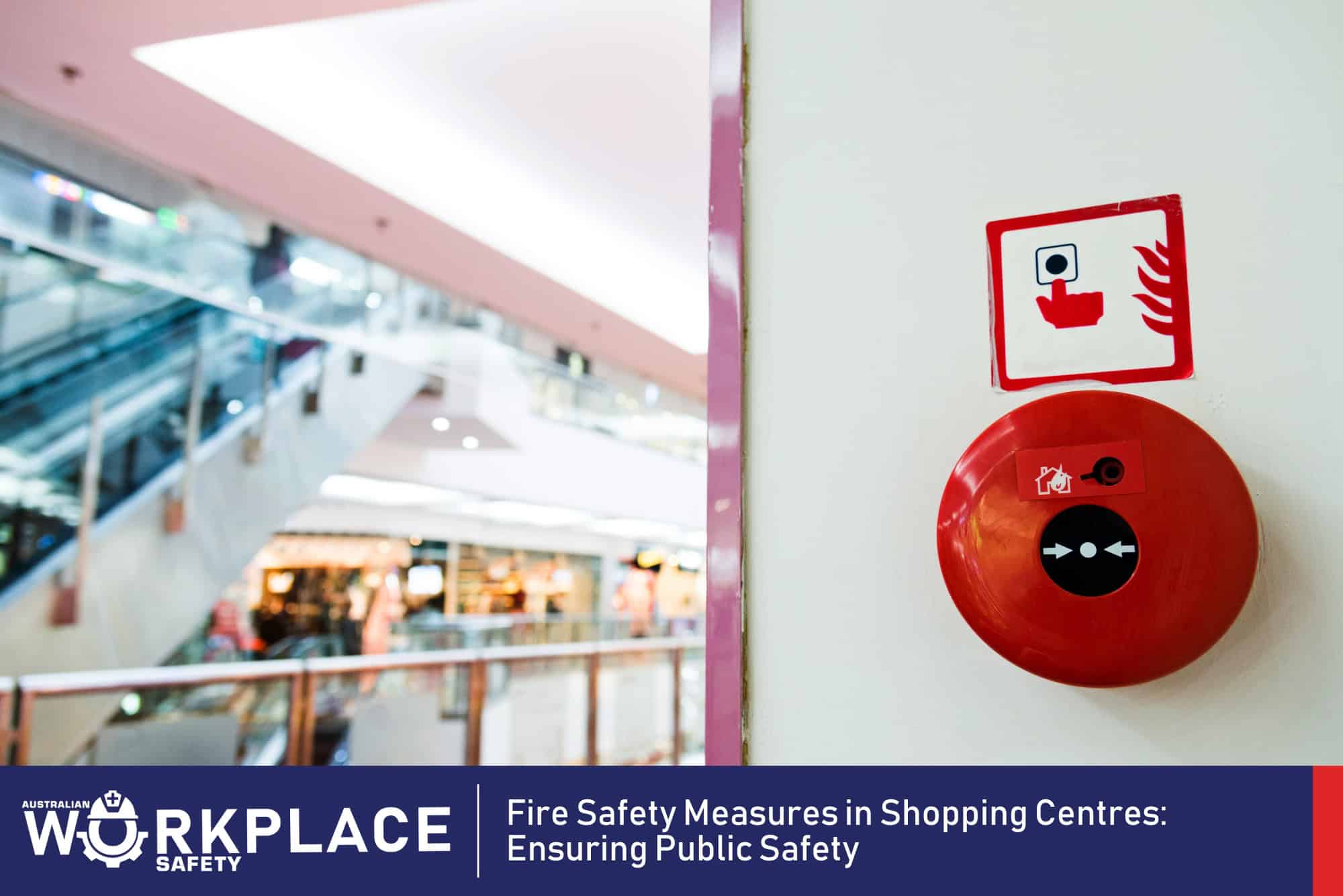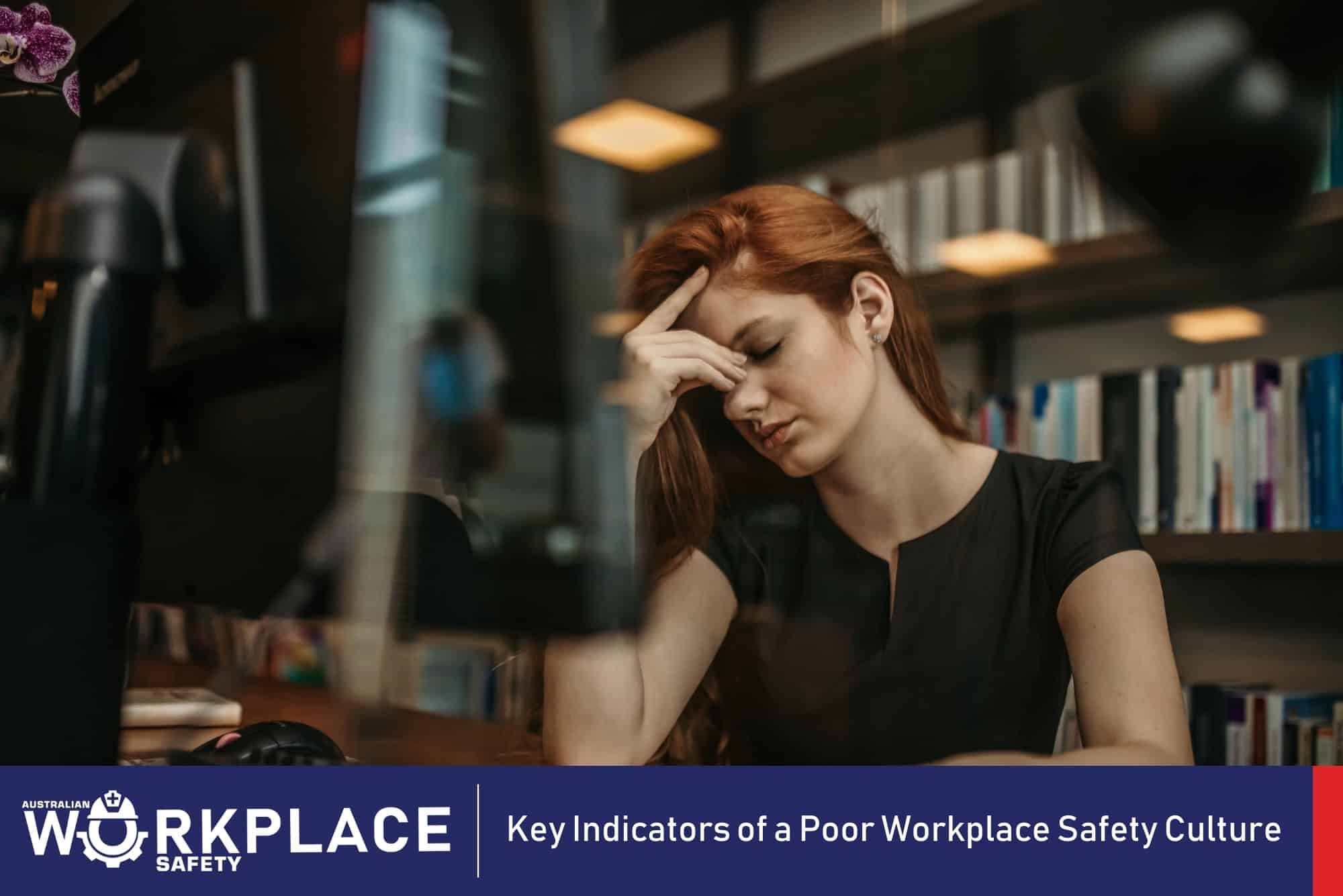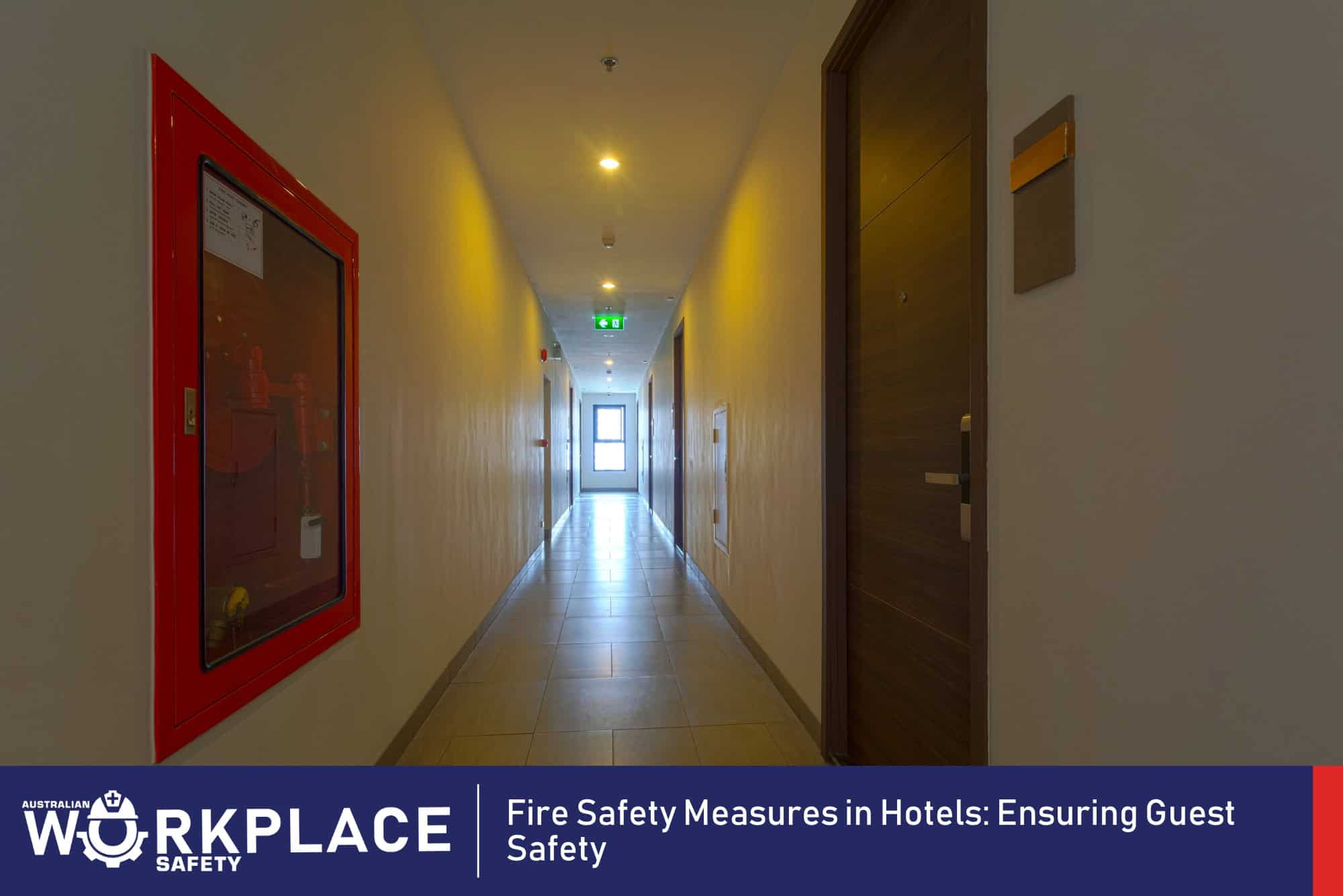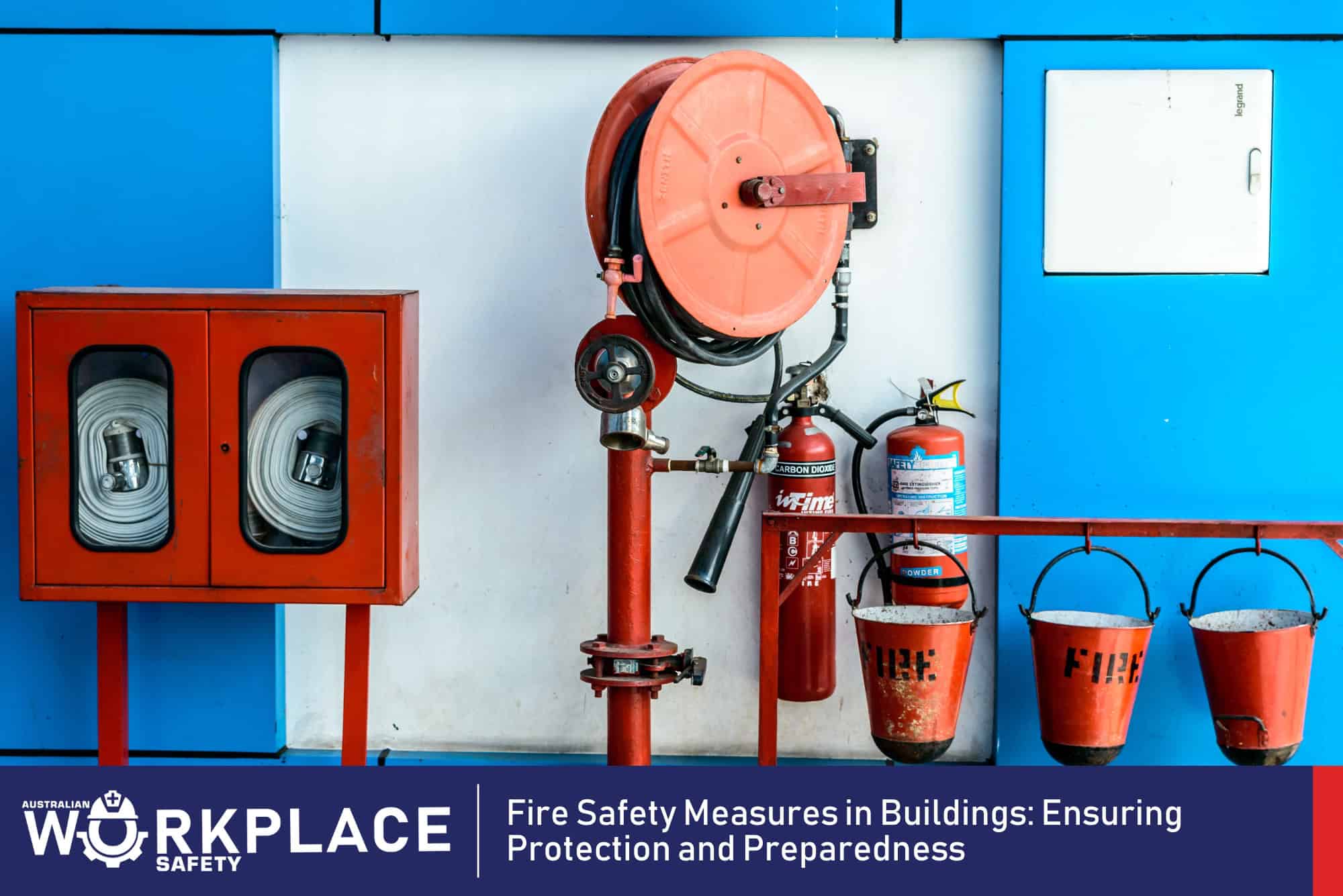Lost productivity, with a poor workplace culture and broken spirits
Within the confines of workplaces, an issue of harassment often goes unnoticed, yet its repercussions reverberate within the environment, affecting not just the victims but the entire workplace and it’s productivity. Workplace harassment, creates toxic undercurrent that erodes morale and productivity, exacts a hidden toll.
Defining Harassment
Harassment is unwelcome conduct that is based on race, colour, religion, sex (including sexual orientation, gender identity, or pregnancy), national origin, ageist disability, or genetic information (including family medical history).
Harassment becomes unlawful where:
- the offensive conduct is repeated, or
- the conduct is severe or pervasive enough to create a work environment that a reasonable person would consider intimidating, hostile, or abusive.
Anti-discrimination laws also prohibit harassment against individuals in retaliation for filing a discrimination charge, testifying, or participating in any way in an investigation, proceeding, or lawsuit under these laws; or opposing workplace practices that they reasonably believe discriminate against individuals, in violation of these laws.

The different forms of harassment
Harassment in the workplace can take various forms, each of which can create a hostile, intimidating, or offensive environment for workers. Here are some other common forms/types of workplace harassment:
- Verbal Harassment
- Non-Verbal Harassment
- Cyber Harassment
- Sexual Harassment
- Bullying
- Racial or Ethnic Harassment
- Religious Harassment
- Age-Based Harassment
- Disability-Based Harassment
- Retaliation
Verbal Harassment
Verbal harassment involves the use of offensive language, derogatory remarks, slurs, or insults directed at an individual or a group of workers. It can occur in person, during meetings, or via phone calls. This form of harassment creates a hostile work environment and can negatively impact the target’s self-esteem and emotional well-being.
For examples, when using racial or gender-based slurs, making demeaning comments about a person’s appearance, mocking someone’s accent or speech, and belittling a worker in front of others.
Non-Verbal Harassment
Non-verbal harassment includes gestures, facial expressions, or body language that conveys hostility, contempt, or disrespect without using words. It can be subtler than verbal harassment but is no less damaging to the target’s psychological well-being.
For examples, when rolling eyes or making dismissive facial expressions when a colleague speaks, staring or glaring at someone in an intimidating manner, and purposefully avoiding or ignoring a worker to isolate them.
Cyber Harassment
Cyber harassment occurs through digital means, such as email, social media, or messaging apps. It involves using these platforms to engage in offensive behaviour and harm an individual emotionally and professionally.
For examples, when sending threatening or offensive emails, posting derogatory comments about a coworker on social media, or spreading false rumours online to tarnish someone’s reputation.
Sexual Harassment
Sexual harassment encompasses unwelcome sexual advances, requests for sexual favours, or any conduct of a sexual nature that creates a hostile or offensive work environment. It can be verbal, non-verbal, or physical in nature.
For example, when making sexually explicit comments or jokes, unwanted touching or physical contact, displaying sexually suggestive materials, or offering workplace benefits in exchange for sexual favours.
Racial or Ethnic Harassment
Racial or ethnic harassment targets an worker based on their race, ethnicity, or nationality, creating a hostile work environment and perpetuating discrimination.
For example, when using racial slurs or derogatory language, making offensive comments about an worker’s cultural practices, or engaging in discriminatory behaviour based on a person’s racial background.
Religious Harassment
Religious harassment occurs when an individual is subjected to offensive remarks, ridicule, or discriminatory actions based on their religious beliefs or practices.
For examples, when mocking or belittling a worker’s religious attire or practices, making derogatory comments about their religious holidays, or excluding them from workplace activities based on their religion.
Age-Based Harassment
Age-based harassment targets an worker because of their age, either by making derogatory remarks about their age or excluding them from opportunities due to their age.
For example, when making age-related jokes or comments, denying older workers opportunities for advancement, or using derogatory terms to refer to older colleagues.
Disability-Based Harassment
This type of harassment is directed at workers with disabilities and may involve offensive comments, ridicule, or refusal to provide reasonable accommodations.
For example, when ridiculing a worker’s disability or making offensive comments about their limitations, failing to provide appropriate accommodations, or treating a person with a disability differently than other workers.
Retaliation
Retaliation occurs when a worker faces adverse actions, such as demotion, termination, or negative performance evaluations, as a response to reporting harassment or participating in harassment investigations.
For example, when firing a worker shortly after they report harassment, giving negative performance evaluations as a form of punishment, or isolating and excluding a whistleblower from workplace activities.
Workplace Obligations and Responsibilities
It is essential for workplaces to recognise, address and prevent all forms of workplace harassment through robust policies, education and support systems. Creating a culture of respect and zero tolerance for harassment helps foster a safe and inclusive work environment.
Workplaces have a duty of care and must manage these various forms of workplace harassment through training programs, and fostering a culture of respect and dignity to ensures the well-being of everyone in the workplace.
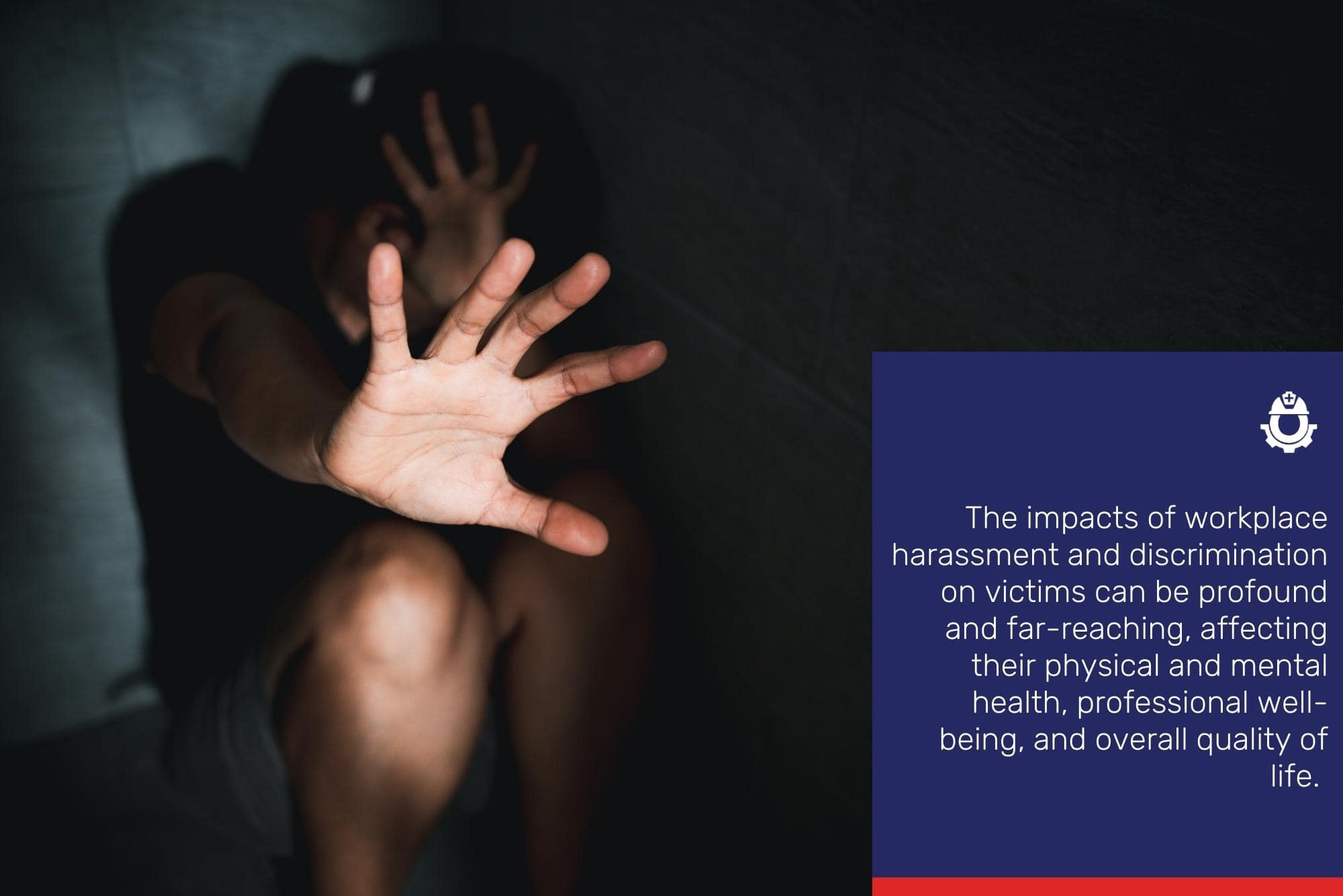
The impacts of Harassment on their Victims
The impacts of workplace harassment and discrimination on victims can be profound and far-reaching, affecting their physical and mental health, professional well-being, and overall quality of life. The consequences can be both immediate and long-term, leading to significant personal and professional challenges.
Here are some common impacts experienced by victims:
Emotional Distress
Victims often experience emotional distress, including anxiety, depression, fear, and a sense of powerlessness. The constant exposure to harassment or discrimination can erode their self-esteem and self-confidence.
Physical Health Issues
Workplace harassment and discrimination can lead to physical health problems, such as headaches, gastrointestinal issues, sleep disturbances, and stress-related illnesses.
Job Dissatisfaction
The victim’s job satisfaction is likely to decline as a result of the negative work environment. They may experience a loss of motivation and productivity, leading to decreased job performance.
Career Limitations
Harassment and discrimination can hinder the victim’s career progression, limiting opportunities for professional growth and advancement.
Isolation and Alienation
Victims may isolate themselves from colleagues and social interactions at work due to fear of further mistreatment or judgment.
Impaired Interpersonal Relationships
The emotional toll of harassment or discrimination can affect the victim’s relationships with family, friends, and coworkers, leading to strained interactions.
Reduced Confidence
Victims may doubt their abilities and worth, as the mistreatment can undermine their sense of competence and value.
Loss of Trust in the Workplace
Experiencing harassment or discrimination can shatter the victim’s trust in the workplace and its leadership, leading to feelings of betrayal.
Financial Consequences
Victims may face financial challenges if they are forced to leave their job or face difficulties finding new workplace due to the negative impact on their reputation.
Mental Health Consequences
In severe cases, victims may experience post-traumatic stress disorder (PTSD) or other mental health disorders as a result of the trauma endured at work.
Career Change or Job Loss
Some victims may feel compelled to change careers or leave their job altogether to escape the hostile environment.
Self-Blame and Guilt
Victims may unfairly blame themselves for the harassment or discrimination they face, adding to their emotional distress.
It is essential to recognise and address these impacts, as the well-being of victims is crucial to fostering a healthy work environment. Workplaces must take proactive measures to prevent harassment and discrimination, provide support for victims, and ensure that all workers are treated with respect and dignity. Supporting victims and creating a culture of accountability and inclusion can help mitigate the adverse effects of workplace harassment and discrimination and promote a healthier and more productive work environment for everyone.

In Summary
The true cost of workplace harassment is profound as it compromises the workplace culture and creates broken spirits of its victims, as it is often concealed. Through understanding these true costs, workplaces can begin to fathom the urgency of addressing this pervasive problem.
As this toxic undercurrent erodes morale and productivity, causing the loss in productivity, while it corrosion other workplace culture, and damaging the human spirit. It not only has economic consequences, but a loss of skilled workers who pursue better, more equitable work and safer work environments.
